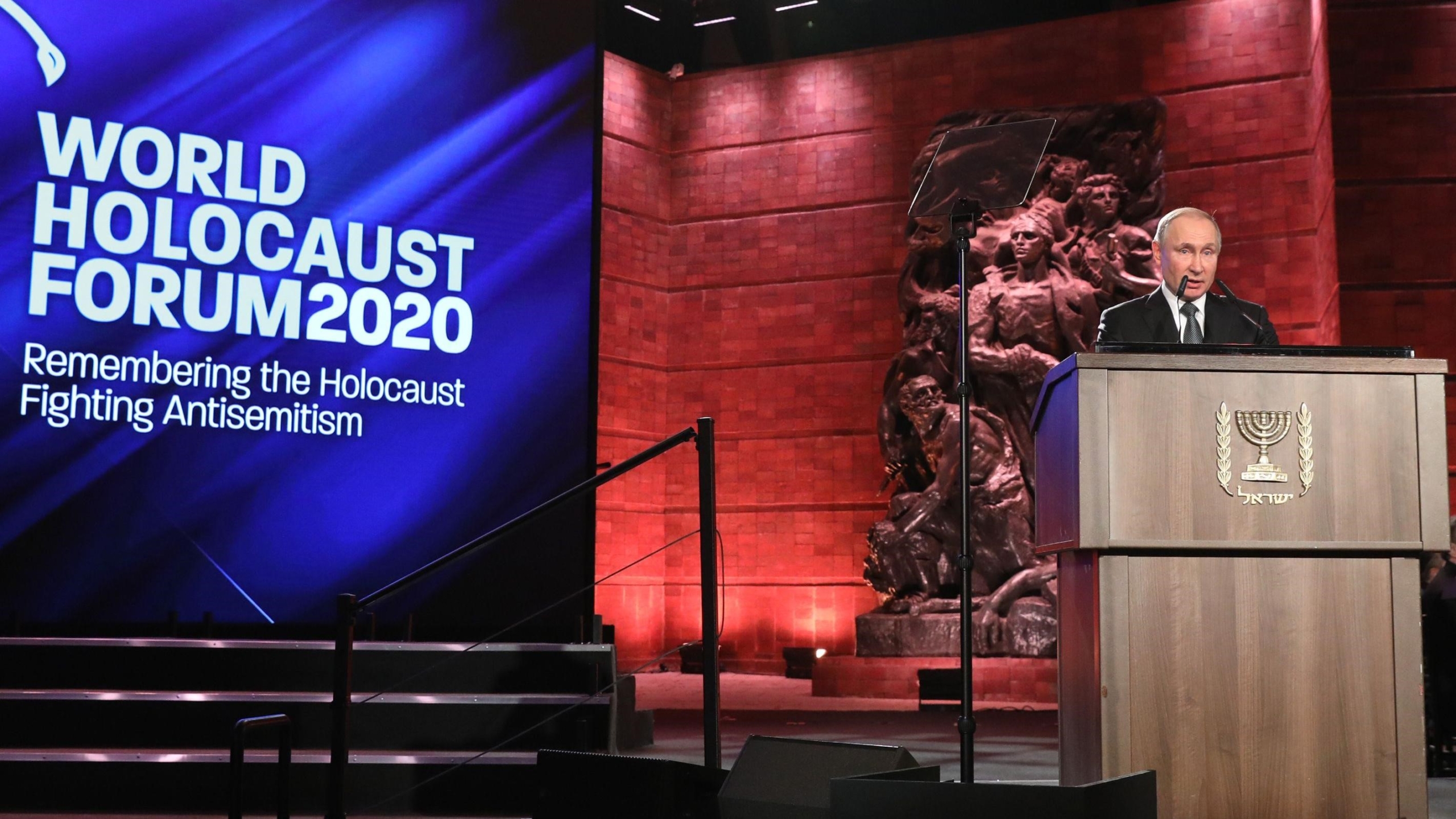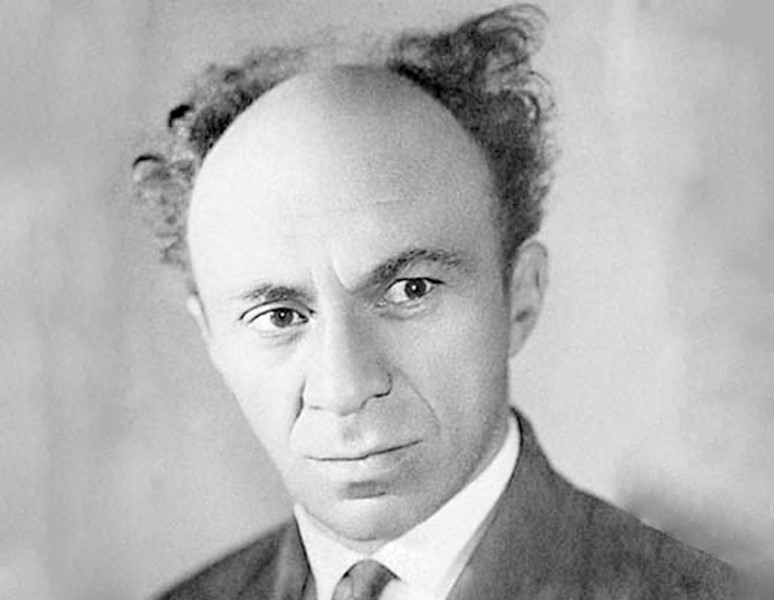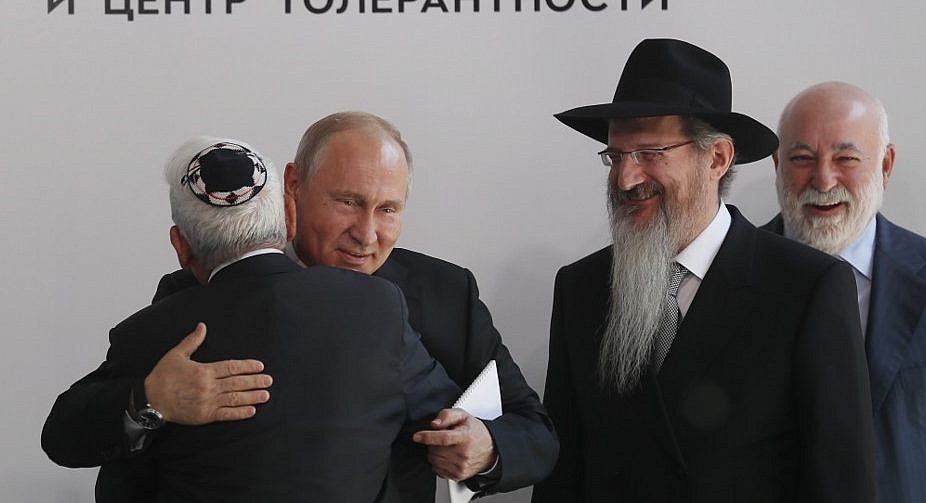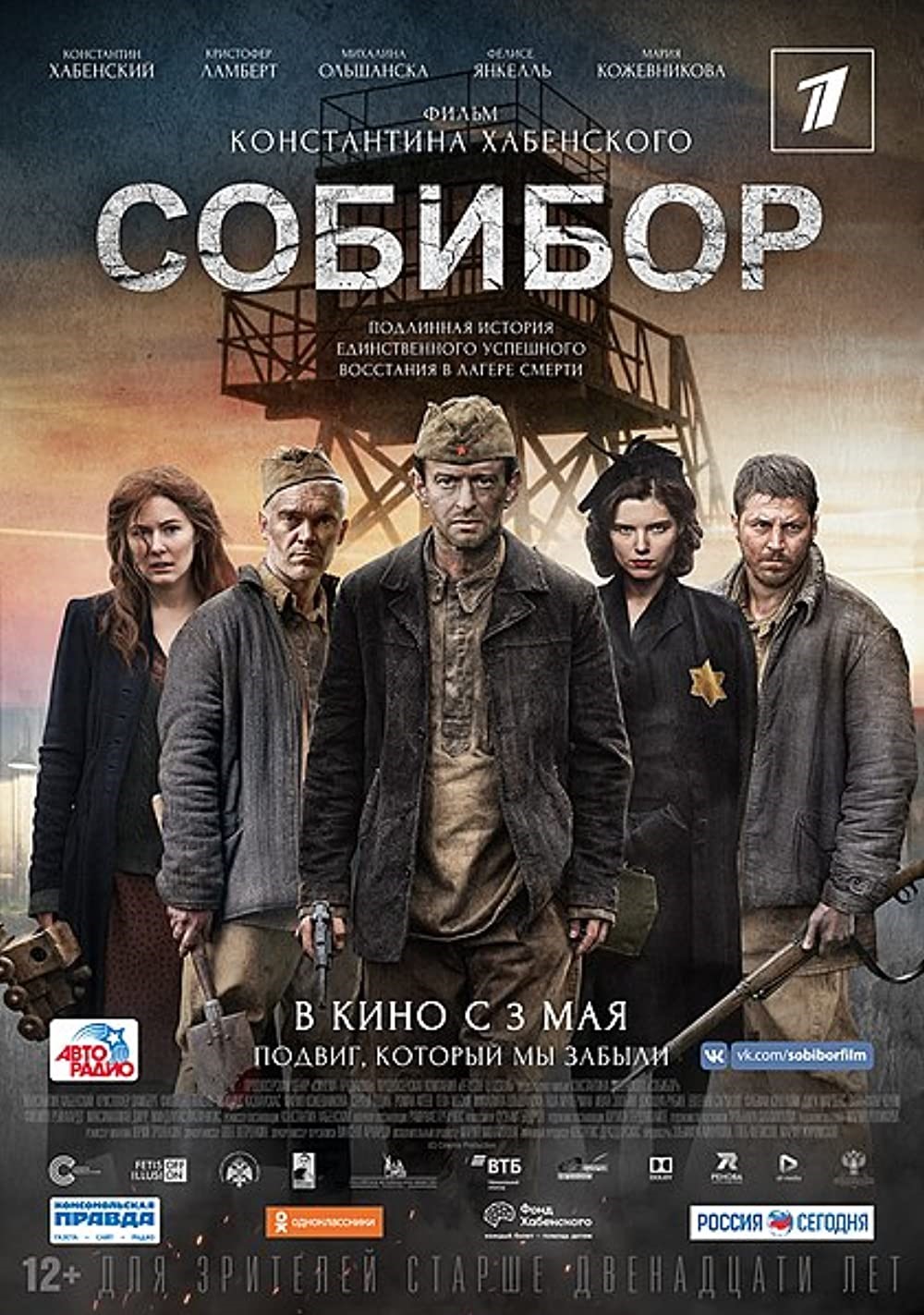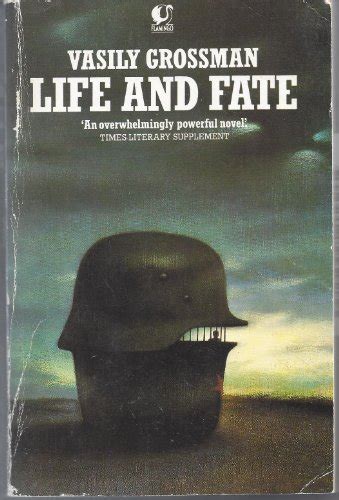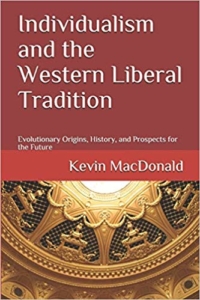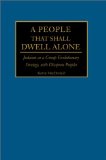Russia is Back, and so is History

Ukraine as it was before 2014, when it was neutral, independent and whole
I remember the Cuban Missile Crisis when I was thirteen and for the only time in my life nuclear war seemed like a very real and imminent possibility. I also remember the very different feelings I had in the spring of 1989 when we saw the first definite signs of the end of the Cold War that began before I was born. I remember expressing the hope that with the external distraction of the Cold War that had so engaged the thoughts, passions and energies of potential pro-Whites (“White” here meaning European) for so long coming to an end, our people would finally refocus their attention on the much more dangerous internal enemy. I also allowed myself to hope that Russia would join us in a Pan-European grand alliance.
Alas, that hope was not to be. Within the next several years the Soviet Union not only collapsed politically but the Russian successor state also suffered an economic collapse, largely engineered and exploited by U.S. and Russian Jewish actors, that wreaked more havoc and suffering on the people than the Great Depression of the 1930s did upon the United States, causing the Russian people to feel that the friendship and trust they had extended to America had been betrayed. This was followed by betrayal in international relations, as the assurances given by Western leaders that they would not take advantage of Russia’s weakness to expand the anti-Russian NATO alliance eastward was repeatedly violated, and subversive Western NGOs worked to promote color revolutions and regime change in several of the successor states, most notably and fatefully with the U.S. engineered anti-Russian coup in Ukraine in February 2014, when Russian President Vladimir Putin finally offered resistance and pushed back by annexing Crimea and supporting breakaway states in the Donbass.
In the quarter century since 1989, and especially after the breakup of the Soviet Union in 1991, the United States had enjoyed the so-called “unipolar moment,” a period of military dominance and effective global hegemony, that lasted without noteworthy challenge until at least the Georgian-Ossetian conflict of August 2008. One could even describe this period as a Pax Americana except for the numerous military campaigns, nearly all conducted by the United States and its allies, that made it far from peaceful. Near the beginning of this epoch Francis Fukuyama heralded it with his much-celebrated book The End of History and the Last Man (1992) in which he maintained the world had evolved institutionally into a final human state of perpetual peace based on universal liberal democracy. Samuel P. Huntington’s The Clash of Civilizations (1996) and prominent neocon Robert Kagan’s The Return of History and the End of Dreams (2008) countered Fukuyama’s thesis, largely based on the continued existence of authoritarian and autocratic governments, but it still enjoyed broad acceptance. During this period, it was as if, as far as the West was concerned, Russia had exited the stage of history as an independent actor, and its interests and capabilities were generally ignored or dismissed as inconsequential. As a result, during this period, it seemed that events at the scale of Ossetia in 2008 and Crimea in 2014 were not sufficient to categorically refute the “end of history” idea. But with Russia’s current invasion or “Special Military Operation” in Ukraine there can no longer be any doubt or denial. History is definitely back, and in a very big way, in fact roaring back, and Russia is back with it as an independent actor of the first rank on history’s stage, shocking those who had remained so unwise as to continue to dismiss them.
International relations can be likened to a game of 3D chess. In this great game Putin, in the finest Russian tradition, or like Mr. Spock in Star Trek, is a grand master. I don’t believe the chess players in the U.S. State Department, such as Victoria Nuland (wife of the Robert Kagan mentioned above) and the other neocons who are at the helm, are quite at Putin’s level, but they had the great advantage of being able to make a series of aggressive moves (e.g., the series of NATO expansions and the 2014 Ukraine coup) before Putin was able (i.e., was strong enough) to make a counterplay in response. By comparison, the general run of media journalists, commentators and even supposed analysts are tiddlywinks players.
International relations occur and need to be seen and analyzed at different levels similar to the different levels of military affairs. In this context we can skip the lowest or tactical level. The level above the tactical is the operational level, and above this is the strategic level. Seen only from the operational level, the Russian “Special Operation” in Ukraine is an offensive or aggressive move, initiating the use of military force. But in strategic terms, seen from the perspective of the higher strategic level, it is a defensive move in reaction or response to a series of strategically offensive moves by the United States and NATO to turn Ukraine into what Putin regards as an existential threat to Russian security and independence.
In theory there are two major schools of international relations, the liberal idealist school and the realist school. The former, which was exemplified in Fukuyama’s “end of history” thesis, is based on the Enlightenment concepts of rights and values and since its inception has been preached much more than practiced, honored more in the breach than in the observance, with the realist approach actually applied in practice though often hypocritically disguised or cloaked under liberal idealist arguments and justifications. Realism is the tradition of Thucydides (“The strong do what they want. The weak suffer what they must.”), Machiavelli, Bismarck, George Kennan and Henry Kissinger, and is currently perhaps best represented academically by John Mearsheimer. Realism has always been dominant in the actual practice of international relations by the Great Powers, however dominant liberal idealism might be in academia and among philosophers, media talking heads, a deluded public, and the misleading politicians who help delude them. Col. Douglas Macgregor, although primarily a military analyst, is also firmly in the realist tradition in his analysis of international relations. The problem is that liberalism, in the words of Will Durant, is a luxury of security, and this is especially true in international relations. Where one’s security, one’s perceived existential interests, are at stake, liberalism is a luxury one cannot afford, and realism reigns.

John Mearsheimer (b. 1947) in 2007
It is futile to attempt to discuss the Ukraine matter in a useful way with those who are ignorant of its background or context, or of the Russian perspective, or who are intolerantly hyperpartisan or hypersubjective and thus unwilling or dangerously unable to understand the opponent’s position and motives. This would seem to include the great majority of the public, along with the media figures who pose as experts and presume to lecture us in the moralistic terms of liberal idealism. In this sense, John Mearsheimer (co-author of The Israel Lobby and U.S. Foreign Policy) and Ray McGovern (former head of the Russia desk at the C.I.A.) are commendable for carefully and objectively providing the necessary background, context and facts before presenting their realist views, which would not be so understandable and justifiable otherwise. (See “Putin’s Invasion of Ukraine Salon” with Ray McGovern and John Mearsheimer, March 2, 2022).
By contrast, at least from what I’ve seen and heard, the mainstream media provides neither context nor the pre-2014 background, or the Russian perspective, but rather seeks to block or ban this information as it would tend to discredit the politically correct liberal idealist posturing that is being used to cloak the strictly realist and strategically offensive aggressive moves made by the U.S. and NATO. In this regard there is also a clear difference between military analysts Col. Douglas Macgregor and Lt. Gen. Keith Kellogg. The latter, when asked what reasons or justifications Putin could have for invading Ukraine, could only — with the look of a deer caught in the headlights — profess complete bafflement, thus revealing his own uselessness as a serious analyst, because to admit any legitimate reason would be politically incorrect, and modern generals tend to be careful political animals, and colonels who are not careful political animals are unlikely to be promoted to general.
The United States and NATO are major players in the Ukraine crisis (with the U.S. leading). Their series of strategic offensive moves actually precipitated the event, so Russia clearly can’t trust them to act as honest brokers in peace negotiations. This provides an opportunity for France and Germany to step back onto the stage of history as independent actors, following-up on their role as mediators in the Minsk agreements, to again offer their good offices in peace negotiations. Failing this, it seems likely the war could continue for some time, with the Russians eventually imposing a de facto partition in which they occupy much more of Ukraine than would have been the case if the crisis had ended quickly by satisfying their demands. John Mearsheimer said that Russia didn’t want to occupy Ukraine as doing so would be like swallowing a porcupine. In the context of this analogy the densest concentration of quills is in the northwest, the ten northwestern Oblasts (administrative districts) that are the most anti-Russian part of the country. That is also the part of the country closest to Poland and the core NATO countries. It is therefore the part of Ukraine that Russia would be least likely to occupy. The rest of the country, including the entirety of its Black Sea coast, could end up on the Russian side of a partition, with a border perhaps running north to south along the eastern borders of the Oblasts of Zhytomyrs’ka and Vinnyts’ka that would be about 250 miles long compared to the previous 1,226 mile border.
Mearsheimer is an exponent of what he terms offensive realism. In this theory of international relations, states seek to maximize their power, wanting as much as they can get, with hegemony as their ultimate goal. This contrasts with defensive realism, which theorizes that states don’t want much more power than they already have if it is enough to give them security, in which case they concentrate on maintaining the balance of power rather than risk upsetting it by seeking more. In these terms I would tend to see the United States as primarily practicing defensive realism, in the form of George Kennan’s policy of containment, in the first several decades of the Cold War. Then, during the Reagan era and the rise of the Neocons, there was a shift in the direction of offensive realism, with this going into overdrive after the breakup of the Soviet Union when it enjoyed the “unipolar moment” as the world’s sole superpower and sought to prevent the rise of any challenger to peer status. Russia’s strategy throughout the Cold War tended to be more consistently and cautiously defensive (the Cuban Missile Crisis being a rare exception, and even this was more of a counter to the missiles already deployed by the U.S. in Turkey than a true offensive initiative) and this has remained true during the Putin era. In the nuclear arms race the U.S. took the initiative with the Russians following well behind and trying to catch up, not finally achieving parity until the beginning of the 1970s.
According to Mearsheimer, a cardinal tenet of offensive realism is that a smaller and weaker state, such as Ukraine, that borders a much larger and more powerful state, such as Russia, should seek to avoid being antagonistic toward or being a serious threat to—and certainly not existential threat to, the larger state. In this situation Ukraine is an abject lesson that should be a warning to others, as it persistently violated this tenet, whether by its own folly or as a U.S. puppet being led down the primrose path, for although it was not capable of posing a serious threat to Russia in itself, it was capable of being such a threat if they became a host and a platform for U.S. and NATO offensive power, a process which was already long underway even though it had not yet become a NATO member.
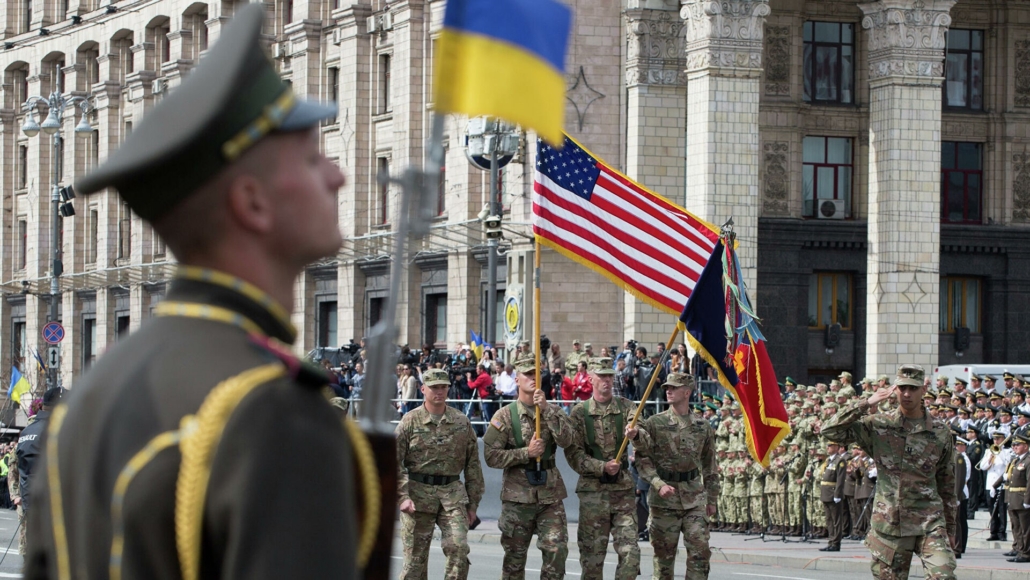
U.S. troops of a training mission on parade in Ukraine before Russia’s “Special Operation.” Does it mean the end of the Pax Americana?
The tenets of offensive realism have lessons for pro-Whites that apply not only to international relations but also to the dynamics of the relations between different races and ethnic groups with conflicting interests in a multiracial society. Seen in the context of realist international relations, the small ethnostate or secessionist concept is clearly not a credible option as its independence and even existence would be under constant threat from more powerful hostile actors. This means that the “National Premise” or grand partition ethnostate concept, with the European successor ethnostate remaining in the first rank of global powers, is the only credible option for European racial preservation and independence in realist terms. An example of this concept would be my proposal for a partition into European and non-European successor states, with the non-European population occupying the 669,000 sq. miles of the southwest between the Atchafalaya, Mississippi and Arkansas rivers in the east and the Pacific in the west, and the European population occupying the larger remaining part of 2,226,000 sq. miles.
Applying realist theory to interracial relations, where the different races have competing and conflicting interests and a resulting adversarial relationship, with each wanting to maximize its level of power and control, supports the necessity for a separation of the races into different countries or ethnostates with their own governments where each can be in control of its own existence.
What should be the stance of pro-Whites on the Ukraine issue? The realist answer would be whatever is best for the White (i.e., European) race in its current struggle for survival and liberation from the anti-White forces that are subjugating and destroying it. Obviously, we should seek to avoid any war between the kindred peoples of our race, which in Eastern Europe is complicated — as it was in Yugoslavia — by traditional but now petty intra-Slavic nationalism, ethnic ressentiment, and revanchism. But in terms of the interests of the White race, and of the racial interests of the Ukrainian people themselves, Ukraine has been moving in the wrong direction, as have almost all White countries. It has been following, or been put on, a Westernizing course, which now unfortunately means an anti-White course, for the West is now dominated by anti-White forces which have turned it against the White race, promoting White racial replacement and the global homogenization program (“globohomo”) of multiracialism and John Lennon’s Imagine, and will remain so unless and until its subjugated White populations, long ensnared in the Kumbaya delusion, somehow assert their racial interests and liberate themselves.
Russia, in stark contrast, has been the only major White state with both the power and the will to resist the anti-White tide, with Hungary being a minor White state which has also showed admirable resistance to the extent its lesser power allows it to do so. This makes Russia far more important to the interests of the White race than it has ever been before. Indeed, unless Whites in the West do liberate themselves, Russia may become the last remaining major White state upon which all hope for any White future, however tragically diminished, will depend. But to fulfill that hope and remain independent of globalist control and the New World Order Russia must have security and freedom of action. As Russian Foreign Minister Sergey Lavrov explained in a March 19 interview:
The West did not want equal cooperation and, as we can now see, has kept true to the “will and testament” of Zbigniew Brzezinski who said that Ukraine should not be allowed to side with Russia. With Ukraine, Russia is a great power, while without Ukraine, it is a regional player.
So what is at stake here is not just Ukraine but something much bigger — the power and independence of Russia and its ability to stand against the anti-White tide led by the anti-White-dominated United States. The Polish-born and deeply anti-Russian Brzezinski (1928–2017), a grand master of the Neocons, authored The Grand Chessboard: American Primacy And Its Geostrategic Imperatives (1998), described as follows in the Amazon blurb for the updated 2016 edition:
In The Grand Chessboard, renowned geostrategist Zbigniew Brzezinski delivers a brutally honest and provocative vision for American preeminence in the twenty-first century. The task facing the United States, he argues, is to become the sole political arbiter in Eurasian lands and to prevent the emergence of any rival power threatening our material and diplomatic interests. The Eurasian landmass, home to the greatest part of the globe’s population, natural resources, and economic activity, is the “grand chessboard” on which America’s supremacy will be ratified and challenged in the years to come. In this landmark work of public policy and political science, Brzezinski outlines a groundbreaking and powerful blueprint for America’s vital interests in the modern world.
Since 1965 the United States has been an effectively anti-White country in the most profound, meaningful and ultimate sense of the concept. It has been against the most vital (life-essential) and existential interests — the interests involving the conditions required for its continued existence and control of its own existence — of the White race, and it has set on an anti-White course culminating in White racial dispossession, subjugation, replacement and destruction. Within one or two decades after 1965, the same was true for Canada, Australia, Britain and the other countries of western Europe. After 1991 most of the countries of eastern Europe started on the same course. What Foreign Minister Lavrov said in a March 18 interview on Russia Today about Ukrainian cultural distortion and brainwashing since circa 1991, promoted by western governments and NGOs, can be multiplied by an order of magnitude for the U.S. and the other western countries.
The United States’ desire … to come back to a unipolar world… to take the melting pot concept from the United States soil and to make a melting pot of the entire world, and they will do the melting … . [T]he efforts of our Western colleagues [are] to make Ukraine Russophobic and an anti-Russian instrument, anti-Russia.”
For the anti-White forces in control of the West, with the globalists and Neocons in control of U.S. foreign policy, the ultimate goal, what they mean by the New World Order, is an anti-White (i.e., opposed to White existence and independence) global unipolar system, exercised through the U.S. acting as global hegemon. To reach that goal, the true end of history and end of any hope for White survival, they must first eliminate any White obstacles in their path. Putin has made Russia the foremost of those White obstacles, the one most capable of effective opposition, so they must pacify and subjugate Russia and bring it to heel, preferably through subversion and regime change, thus removing Russia as an independent actor from the stage of history and making it as subservient to U.S. will as Germany, France or Poland. Pro-Whites seek a collaborative relationship with Russia as part of a Pan-European grand alliance. Anti-Whites seek it by Russian subjugation to the Pax Americana. That is offensive realism with a vengeance.
Unfortunately for pro-Whites, the return of Russia and history includes the return of the external distraction from the far greater internal threats to our racial independence and survival. Indeed, that external distraction has also returned with a vengeance, serving the interests of the anti-White forces so well that one could almost suspect they wanted and intended this to happen. The conservatives who had rightly come to view Facebook and Twitter as enemies after their censorial banning of conservatives and subversive intentions and actions were made clear (actually banning pro-Russian speech), now rush to their defense when that same behavior in Russia caused Putin to reply in kind and ban the banners and subverters.
Our task, as always, requires our primary focus and attention to the internal threat that is destroying us. Russia and history are both back in action, and so is the external distraction, as they were before 1991. The internal threat we face now is the same we faced then, only much larger and more developed. The history we need to make is in our own countries. The conflict we face at home is far more dangerous to us than any that might threaten us from afar, so we should not go abroad to seek conflict but commit ourselves fully to winning the conflict at home. That is the epic historical victory we seek. The continued existence and independence of our race depends on it.

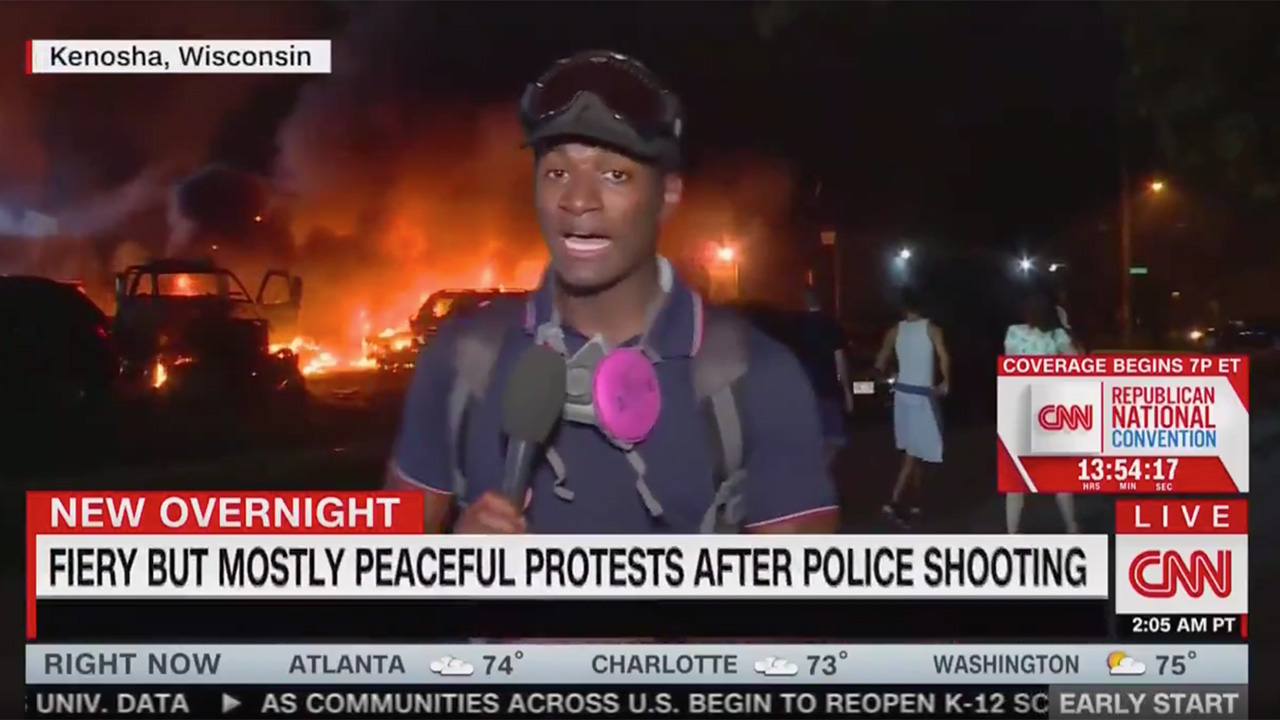 The word-weapon of “racism”
The word-weapon of “racism” 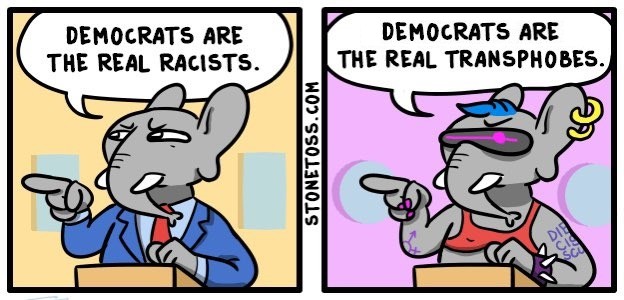
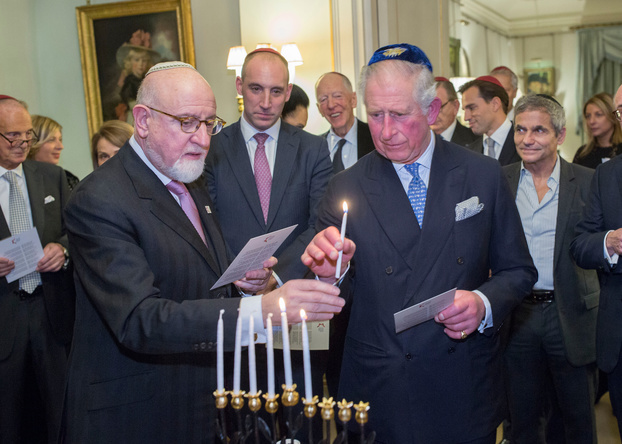 Censure for Whites, sycophancy for Jews: leftist traitor Prince Charles (right)
Censure for Whites, sycophancy for Jews: leftist traitor Prince Charles (right)  The overweight and unattractive SNP politician Susan Aitken
The overweight and unattractive SNP politician Susan Aitken  Scottish hero
Scottish hero 